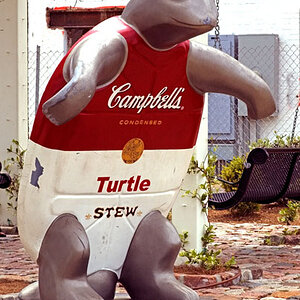sharkylittleton
TPF Noob!
Let me be frank, digital photography leaves much to be desired. I find myself post processing certain photos to mimic the warmth of higher ISO monochromatic films. I think it's a good time to start shooting with film.
I need to figure out a film format and decide what camera to go with it. I plan on shooting mainly B&W, with the occasional color. I'd be happy with a fixed 50mm f/1.8 type of lens to do 90% of my film works, and maybe a zoom for the future. I do alot of wide open aperture digital shooting to isolate my subjects... that is extremely important that I have that ability with a film camera. I'd like the ability to enlarge my prints clearly past an 8x10 if possible. I'm thinking about taking a dark room class eventually, but the nearest pro lab might be sufficient, for a while atleast. My budget might be about 150-200. Hope I listed all of the important stuff and hope I'm not asking too much. Any suggestions would be appreciated! Thanks guys!
I need to figure out a film format and decide what camera to go with it. I plan on shooting mainly B&W, with the occasional color. I'd be happy with a fixed 50mm f/1.8 type of lens to do 90% of my film works, and maybe a zoom for the future. I do alot of wide open aperture digital shooting to isolate my subjects... that is extremely important that I have that ability with a film camera. I'd like the ability to enlarge my prints clearly past an 8x10 if possible. I'm thinking about taking a dark room class eventually, but the nearest pro lab might be sufficient, for a while atleast. My budget might be about 150-200. Hope I listed all of the important stuff and hope I'm not asking too much. Any suggestions would be appreciated! Thanks guys!


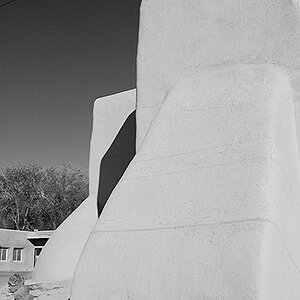
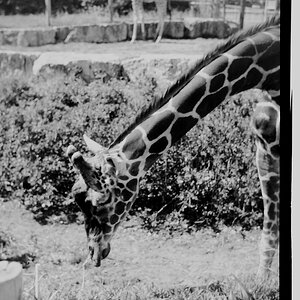
![[No title]](/data/xfmg/thumbnail/30/30885-2764c7a15a288ed06f3903d3a2756832.jpg?1619734497)
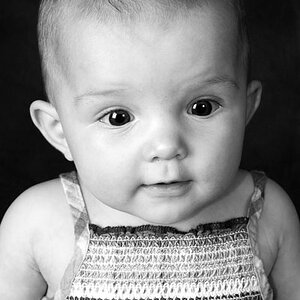
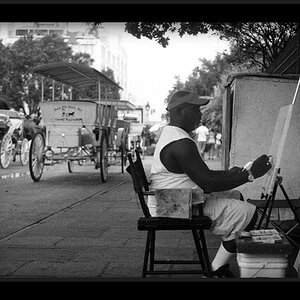
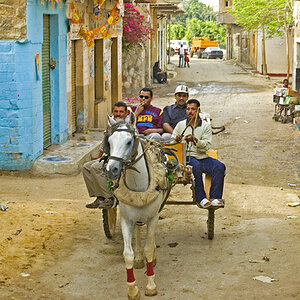
![[No title]](/data/xfmg/thumbnail/30/30884-b92cca2d3ad6f728825cf7e936e8cef6.jpg?1619734496)
